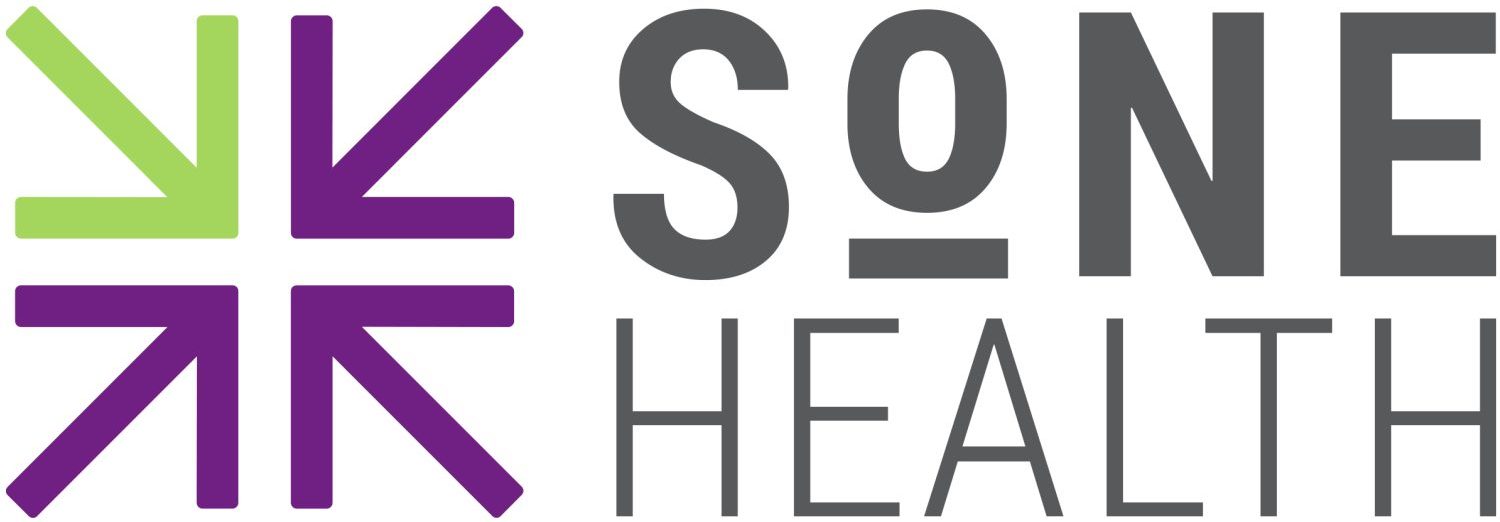Prescription Discount Cards: How They Work and the Benefits to Patients
By: Sara Ganz, Senior Director of Marketing at Capital Rx
Discount cards provide patients with lower prices on their medications at the pharmacy. Patients who need these discounts fall into two buckets:
- Uninsured patients
- Insured patients who are in their deductible phase and must pay the full cost of the drug
Without a discount card, an uninsured patient would be asked to pay the Usual and Customary (U&C) price of a medication. The U&C price is often significantly higher than the rate that an insured patient would pay, sometimes up to 90%! A discount card lets uninsured patients access rates that are much lower, which can help them afford their medications.
You might think that a patient who has insurance would not need these discounts—shouldn’t their insurance provide them with a discount, even if they have a high deductible plan? Well, they do provide their insured patients with discounts, but it rarely is their best possible discount. Pharmacy benefit managers (PBMs) the entities responsible for providing insurance for prescription drugs, often have multiple prices for medications at each pharmacy, called MAC (Maximum Allowable Cost) lists. You would think that knowing that their patient must pay the full cost of the drug in their deductible would make them want to pass the best possible discount on to that patient, but that is rarely the case.
What this means is that a patient who has insurance could end up paying a higher price for their medication than a patient using a discount card! Discount card companies have discovered this market inefficiency, and they provide websites where patients can look up prices and download discount cards to access additional savings on their medication. While you might think that would be a good deal, many of these discount cards have significant fees and take anywhere from $6-$11 per claim from the pharmacy and the patient. It’s a better price than the one offered by the PBM, but it’s still a poor deal for patients and pharmacies.
Capital Rx is a different kind of PBM. All our clients have the same low price for their prescriptions, all the time. That price is public, and you can look it up right here https://data.medicaid.gov/nadac. Our insured clients do not need to use discount cards, because they are able to get our lowest price on their medication all the time, at any pharmacy. Our prices are consistent across pharmacies, there are no large swings from one month or one pharmacy to the next, which often happens when PBMs manipulate their MAC lists behind the scenes.
While we wish there was a world that didn’t need discount cards, in the meantime we created the Capital Rx Advantage Card, so that patients who do not have insurance or patients with other PBMs can still access our low, fair, consistent rates. Our card works at any pharmacy, and there is a low, transparent administrative fee that is never more than $1.99, which is up to 80% less than what other discount card providers might charge. We pay our pharmacies a fair dispensing fee, because we know they work hard for their patients no matter how a patient is paying for the drug.
